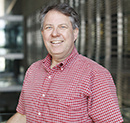Environmental Science and Engineering
Reusing water to grow quality food in cities
Research to optimize aquaponics systems could inform a new era of urban food production.
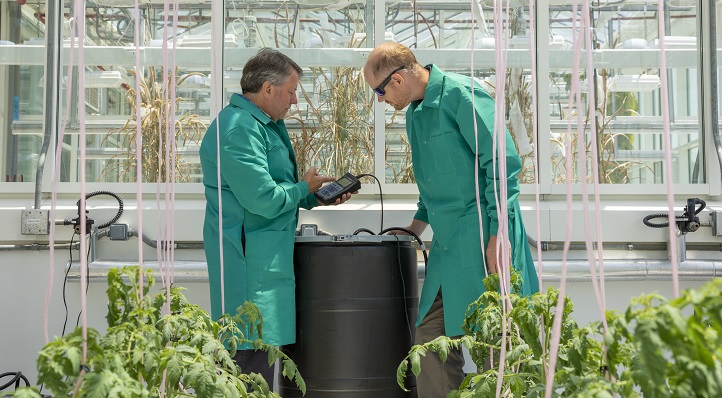
KAUST scientists are developing new ways of treating wastewater for use in urban agriculture.
© 2018 KAUST
New ways of feeding city populations are needed to cope with increasingly city-centered global populations. The availability of fresh water for agricultural use could limit traditional food production, and reliance on imported goods will be affected by rising fuel costs and environmental sustainability. TorOve Leiknes from KAUST is leading a research team in the burgeoning field of urban agriculture—finding ways to use city spaces to grow low-cost, high-quality organic food to provide a stable source of sustenance for city populations.
For more than 20 years, Leiknes has focussed on the application of membrane technology in environmental engineering and is heavily involved in the development of advanced water treatment systems for sustainable water reuse. He also applies his expertise to advanced water treatment in recycling aquaculture systems: knowledge that will now feed into the new aquaponics system at KAUST.
Leiknes’ vision is for buildings around cities to become thriving vertical gardens, growing fresh produce, such as strawberries and salad crops, in controlled, self-sustaining conditions. His vision teams up urban agriculture with fish rearing—wastewater from fish tanks will be used to fertilize crops and vegetation will purify the water to be recycled back to the fish tanks. A new take on an ancient farming system, this aquaponics setup is becoming popular in many cities across the world, for example in New York and Austin, Texas, where local community groups and businesses are making ingenious use of different spaces to produce food.
However, providing a sustainable water source for urban agriculture, particularly in arid countries, will be the real challenge, explains Leiknes.
“Across the world, about 70 percent of fresh water is used for agriculture—in Saudi Arabia this figure is closer to 80 percent,” says Ryan Lefers, agricultural engineer and part of a team led by Leiknes at KAUST’s Water Desalination and Reuse Center. “If you’re on a ship that’s sinking, you need to plug the biggest hole first. So we are focusing our research into the viability of using wastewater for aquaponics and irrigation systems.”

Ryan Lefers investigates the health of a tomato plant in the KAUST greenhouse.
© 2018 KAUST
The team is setting up an aquaponics system at KAUST to test ways of rearing fish and growing crops using recycled residential wastewater from the university complex. Their project will investigate how to optimize the system, including trialing novel lighting methods and fish feed, and improved water-treatment processes.
“A key benefit of using recycled residential wastewater is that it contains far fewer dangerous pollutants than does industrial wastewater,” explains Lefers. “However, we still need to remove any trace of potential toxins, such as pharmaceuticals, and treat the water to kill pathogens. We also need to add oxygen to the fish water, monitoring it carefully to maintain a healthy environment.”
“Wastewater naturally contains valuable fertilizers that we can harness,” adds Leiknes. “We will remove ammonia from the water and use it to fertilize the plants—there’s even the possibility that fish sludge could be used for biogas production in future.”
The team is using off-the-shelf equipment modified to suit their research goals, demonstrating the viability of building such aquaponics systems in the community. A key aim of their work is to optimize each part of the system separately, selectively extracting the fish waste components that are beneficial to the plants, thereby decoupling the fish rearing from the plant rearing. This will help to ensure each system is as energy efficient as possible while generating tailored water for each. They will also trial three different types of fish feed to gauge the impact of the feed on water quality.
“Our results will inform future guidelines and management of aquaponics systems,” says Leiknes. “As you might expect, guidelines for food production are very strict, particularly when it comes to living conditions for the fish. A future challenge will be ensuring that urban planners work to incorporate urban agriculture into city legislation.”
There is a bottleneck in rolling out urban agriculture in cities around the world. Many older cities do not have the infrastructure in place to support vertical gardens and aquaponics—for example, there are difficult practicalities in using city wastewater. City planners will need to ensure stringent legislation is in place if urban agriculture is to flourish, and experts in agricultural engineering and wastewater reuse will play a key role in that process.
“Urban agriculture is definitely cost-effective for local communities and it provides many benefits,” says Leiknes. “There are the health benefits not only from eating high-quality organic produce but also from physically working in a community garden. These schemes could provide multiple jobs, improve city environments with green spaces, and utilize run-down buildings or areas that would otherwise deteriorate. The future for aquaponics and urban agriculture is certainly looking bright, and here at KAUST we are proud to be adding valuable knowledge to the field.”
References
- | article
You might also like

Environmental Science and Engineering
Combat climate change by eliminating easy targets
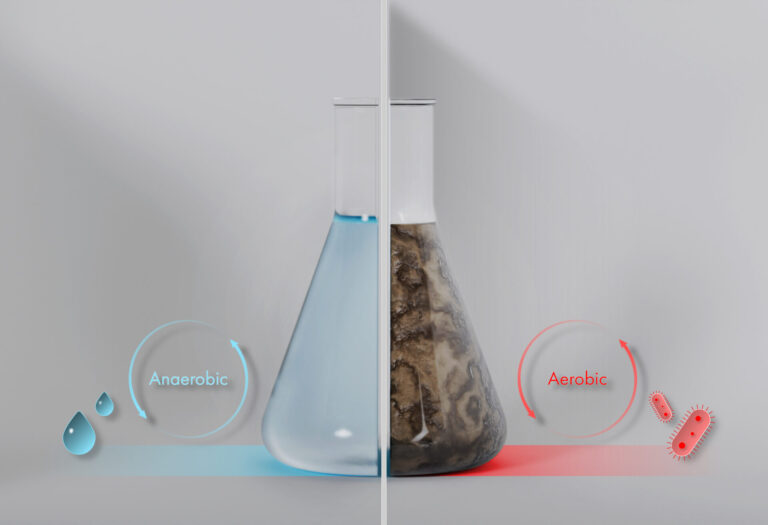
Environmental Science and Engineering
Wastewater treatment to fight the spread of antibiotic resistance

Bioscience
Digging into the world of plant-growth-promoting microbes

Bioscience
Unique microbiome discovered in mountain streams

Chemical Engineering
Unveiling the role of biomass-burning aerosols in atmospheric reactions
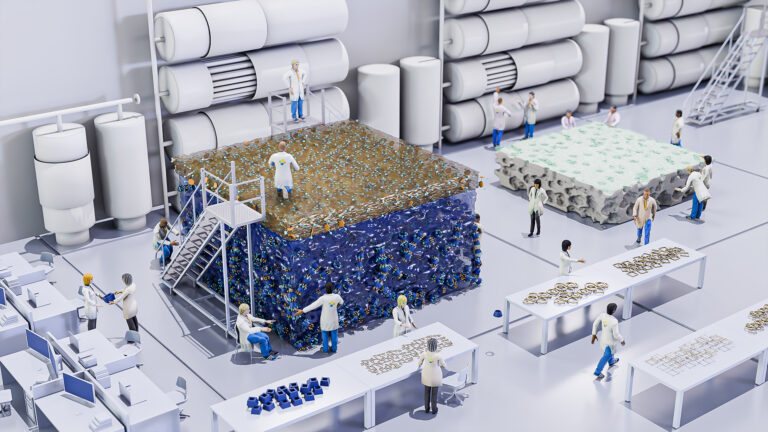
Chemical Engineering
Precision separations with perfect pores
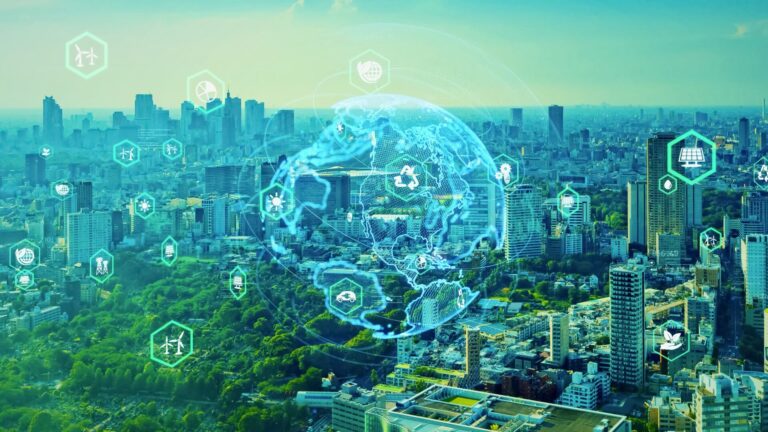
Environmental Science and Engineering
Practical support for building sustainability into our cities

Environmental Science and Engineering




